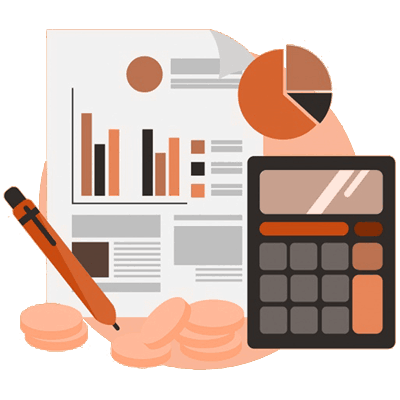5 Super Simple Ways to Automate Your Savings
In my article The Big Simple Secret to Saving More, I revealed a secret way to save more. The big secret…automate savings.
It may sound simple, but I also wanted to follow up and talk about the “how” part of savings automation.
So here are a few helpful ways to automate and ultimately save more moolah:
1. Your 401(k) at work. This might sound obvious at first. I assure you that many people have wither not signed up, or are not contributing enough. What makes your 401(k) a great savings vehicle is that it comes out of your check before you get a chance to spend it. If you haven’t already, start saving in your 401(k) immediately. Not to mention, many employers provide a match. This is another easy way to save more…you don’t have to do a thing except participate! Click here to read about How to Ride the Irregular Income Roller Coaster.
2. Auto transfer to savings. Pretty much every bank will allow you to direct a certain portion of your money every month to savings account. They will automatically transfer from your checking account on a preset date of your choosing and a preset amount every month. This is a great way to start saving for that emergency savings account. You can set up multiple accounts for multiple goals!

3. Direct deposit. In the military we were able to do a split deposit. Most banks still allow this. You simply designate a set amount to go to a savings account when you get paid. The rest goes to your checking. I often use direct deposit to send a set amount to my savings account every month. This technique makes it even easier you don’t even have to record that the money has left your checking account. Simple and automated!
4. Bill auto pay. You may be wondering how in the world you can save more money by using automatic bill pay. You won’t add to your emergency or retirement accounts in terms of dollars saved, but you will avoid late fees and penalties. If you are habitually late or forget a certain payment all the time, you may start to rack up some hefty late fees. Scheduling your bills to pay the same amount or deduct from your checking account, will ensure that you pay on time.
5. Auto transfer to investments. I discovered a long time ago, that I need to take this money out of my hands before I get it. Otherwise, my hot little hands will spend it, and it will never get saved for my goals. College was one of those goals. Again, this is a little like number two above. Set up a transfer from your checking account to go to your college accounts every month. You will be surprised how fast this money adds up. I was! You can also do this with your brokerage account. If you have maxed out 401(k) and/or IRA savings, you can add a set amount to an investment at set regular intervals.
Most of these suggestions are super simple ways to save more money. Deceptively simple, but how many are you actually using? If you like my article, go tell a friend! If you want these articles every week, I’ll have my virtual paperboy swing by your inbox and drop them off. You just have to subscribe here. It’s free!







